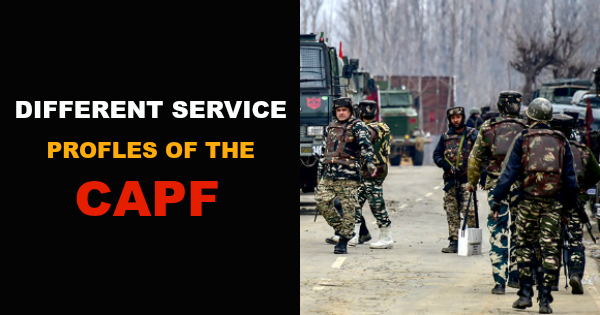The Central Armed Police Force (CAPF), refers to the uniform nomenclature of the five security forces, responsible for countering India’s internal security threats. The armed police organisations were raised as a peacetime force, under the administration of the home ministry, to maintain internal security, while the army trains for the event of large scale aggression or a conventional war. Each CAPF have clearly laid out roles and very specific areas of responsibility (AOR).
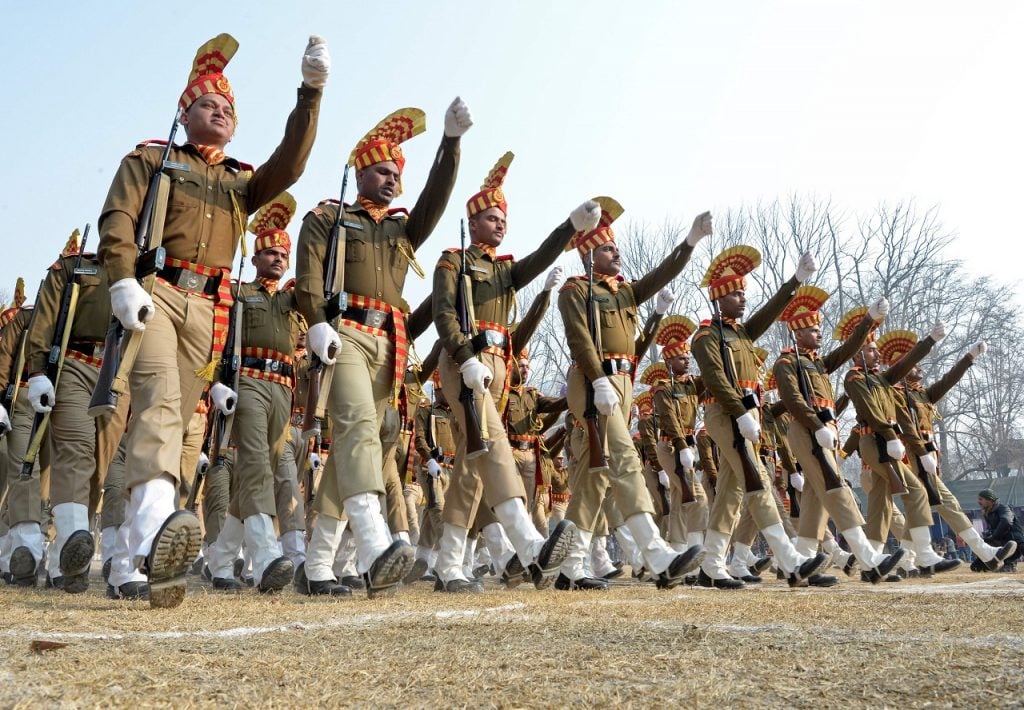
Central Reserve Police Force (CRPF)
The CRPF was conceived on 27 July 1939, the newly raise force was christened as ‘The Crowns Representative Police’, before being rechristened as the Central Reserve Police Force, following the enactment of the CRPF act on 28 Dec 1949.
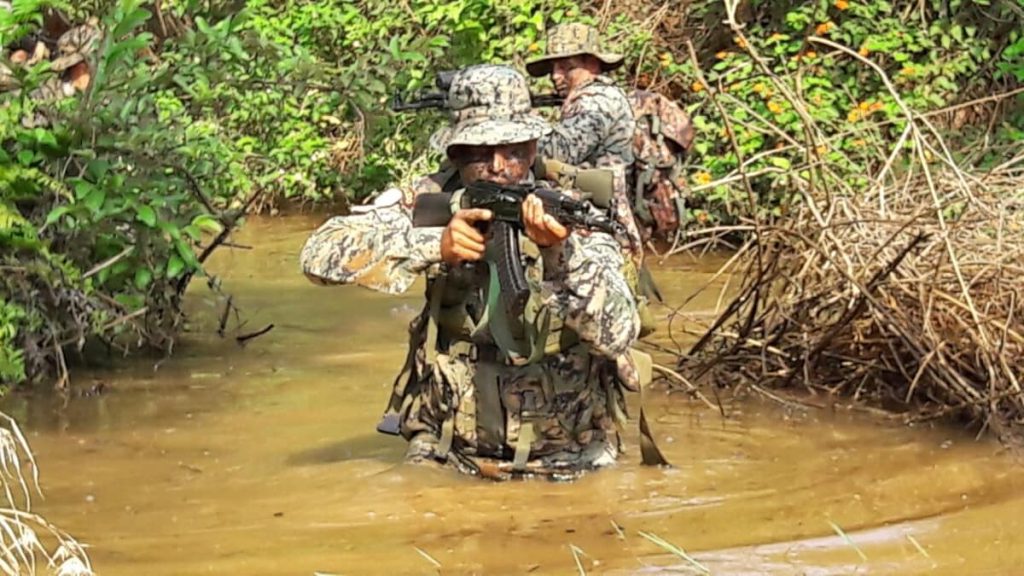
The primary role of this uniformed force is to assist the state and union territories in police operations, maintain law and order, and counter-insurgency.
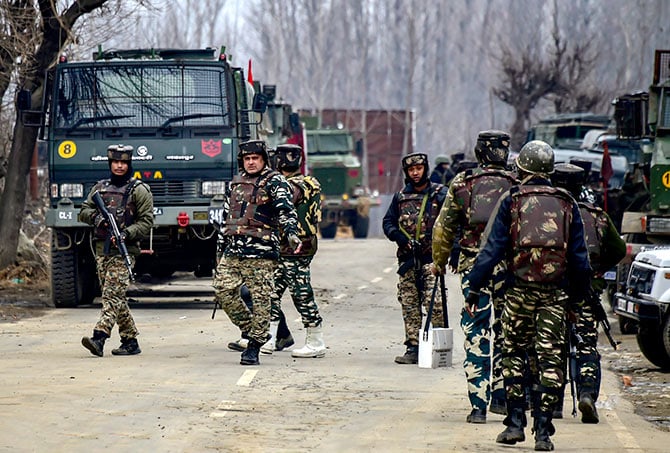
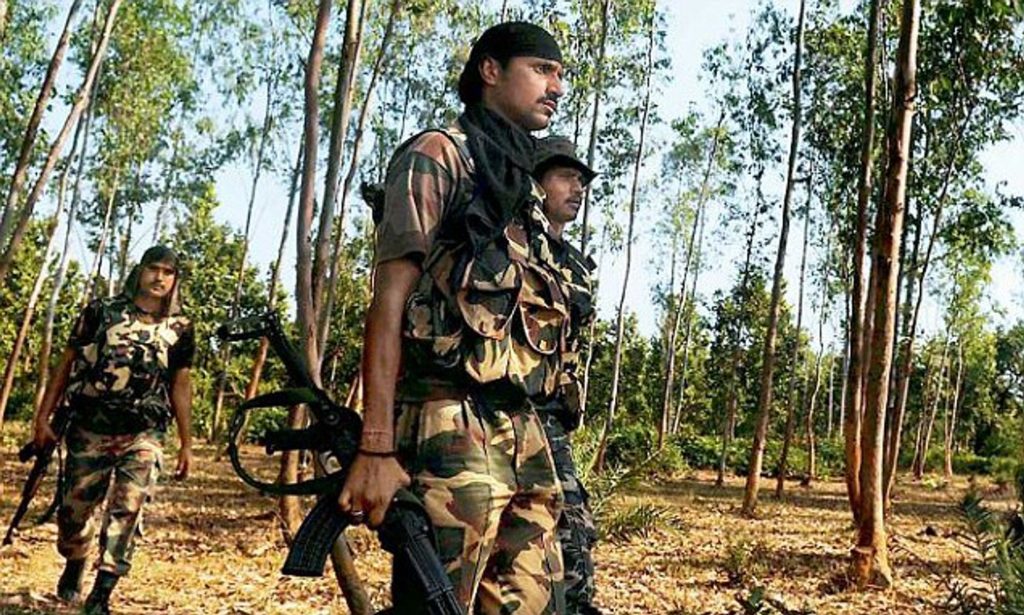
The Central Reserve Police Force (CRPF) is 243 battalions strong, comprising of over 3.5 lakh personnel. These numbers make it the most massive central armed policing organisation in the world. The CRPF is known for its operational versatility, with its personnel performing a range of duties, such as countering insurgency in the valley and the northeast, neutralising the left-wing extremism (LWE) in Naxal infested states, providing VVIP security all the way to ensuring the conduct of fair and free elections across the country.
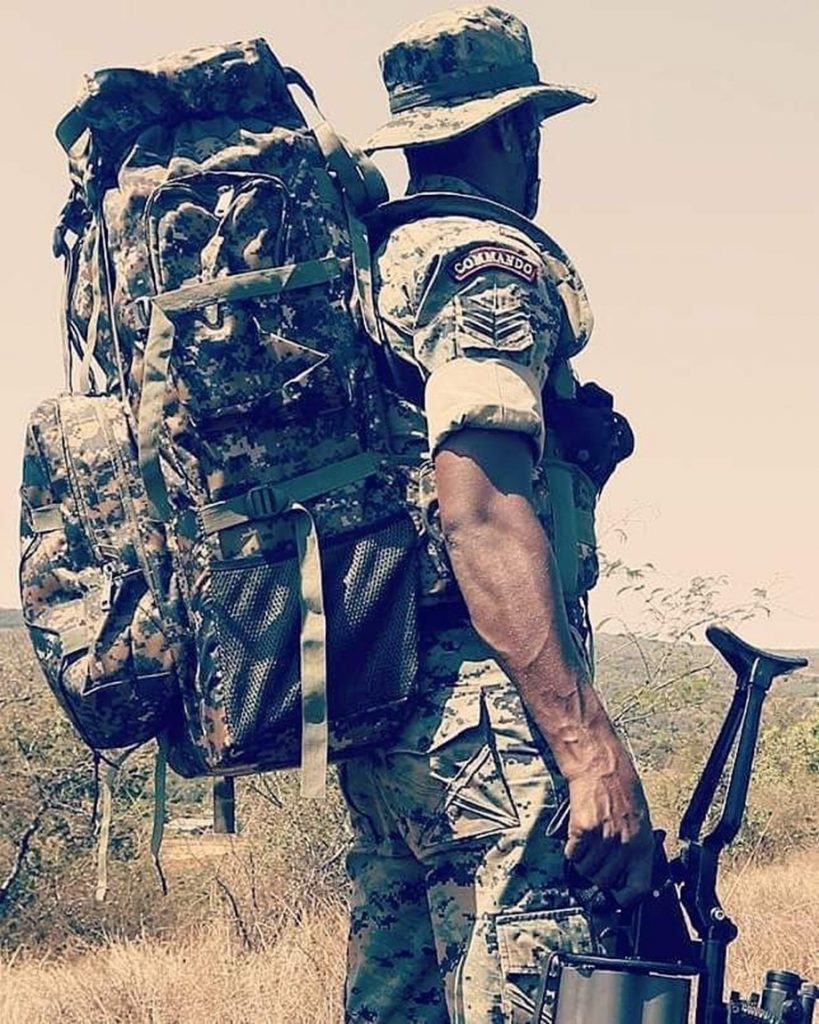
Border Security Force (BSF)
The Border Security Force (BSF) is the premier border policing organisation in the country, serving as the nations first line of defence. The BSF is mandated to guard India’s international boundary and maintain a state of vigilance across 240 km of the Line of Control (LoC) and 6,600 km of the International Border (IB).
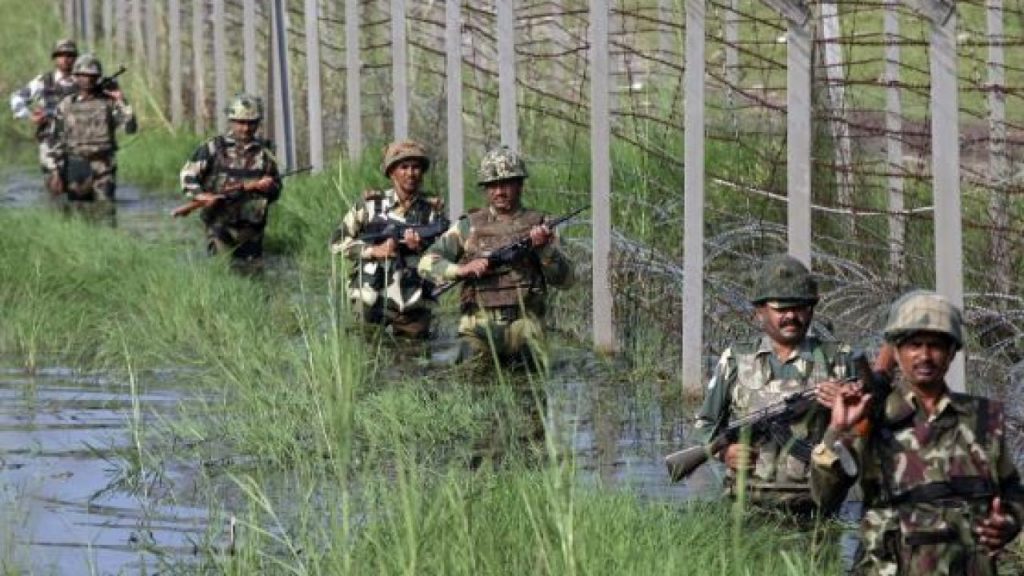
The requirement of a dedicated border force to be deployed along the LoC, and International Border arose due to hostile neighbours across the countries western frontier. The BSF was formed to bridge the gap between the Indian army and the police force as regular police personnel were not cut out for border roles, and the Indian army was neither designed nor meant, to respond to low intensity border threats.
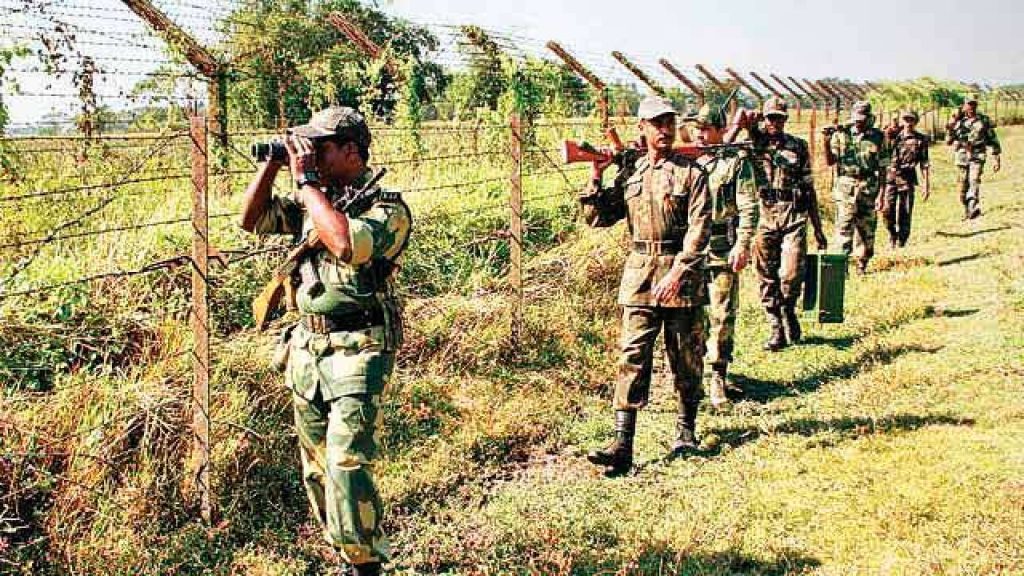
The BSF is the worlds largest border police organisation and its personnel tasked with a variety of border duties. The border guards monitor everything from trans-border crimes such as smuggling of Drugs, arms, gold, vehicles and Fake Indian Currency Notes (FICN), counter infiltration attempts, and ensure the safety of citizens living in border areas.
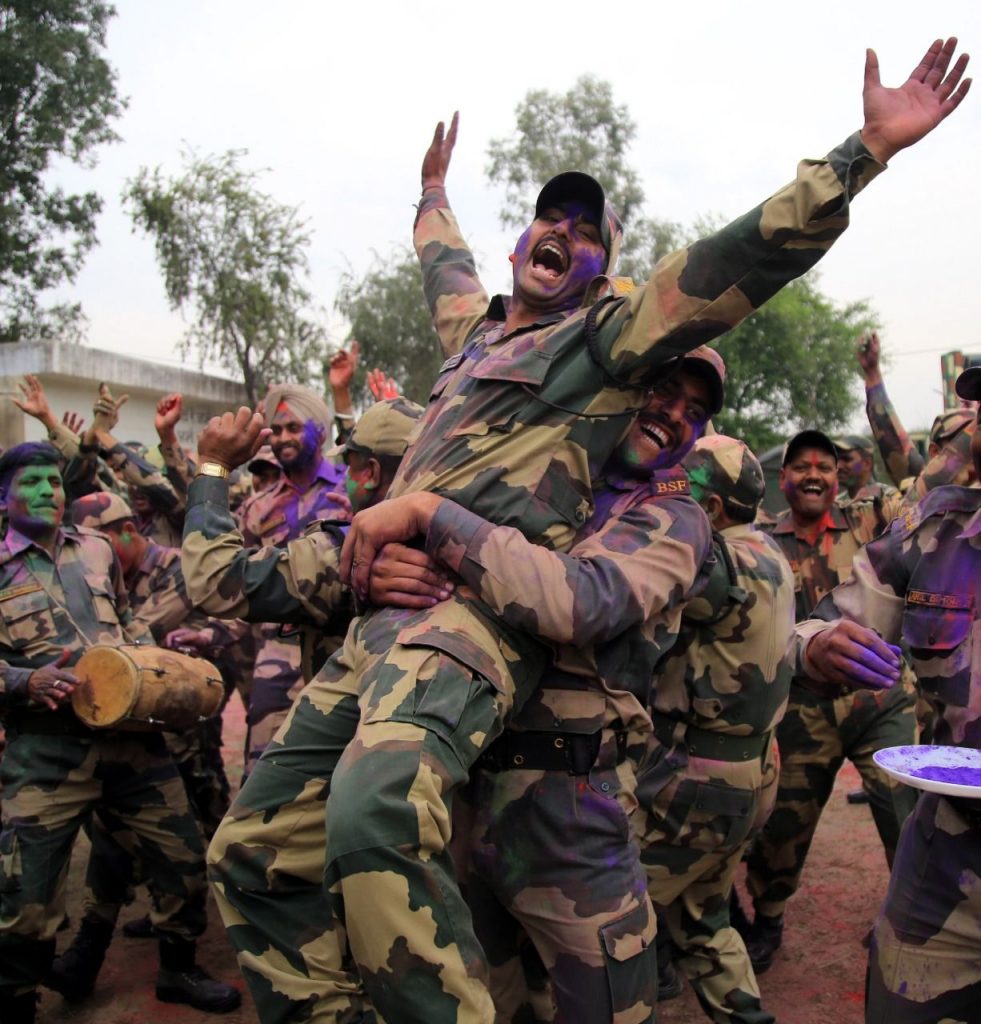
BSF personnel, unlike the other CAPF’s, are also trained to deal with limited cross border aggression, while the army is kept on standby in case the situation turns into large scale aggression. In such an event the Border men are mandated to move behind, while the Indian army takes over the BSF’s positions.
Indo Tibetian Border Police (ITBP)
The Indo Tibetan Border Police (ITBP) was raised on 24 october, 1962 to reorganise the frontier intelligence and security set up, following Chinese aggression into Indian territory. The Incursion which, led to the Sino-india conflict in 1962.
ITBP personnel are deployed to ensure the security of over 3,488 kilometers of the Indo-China border, performing guard duties, all the way from the Karakoram Pass in Ladakh to Jachip Le in Arunachal Pradesh, serving in temperatures ranging from 9,000′ to 18,700′.
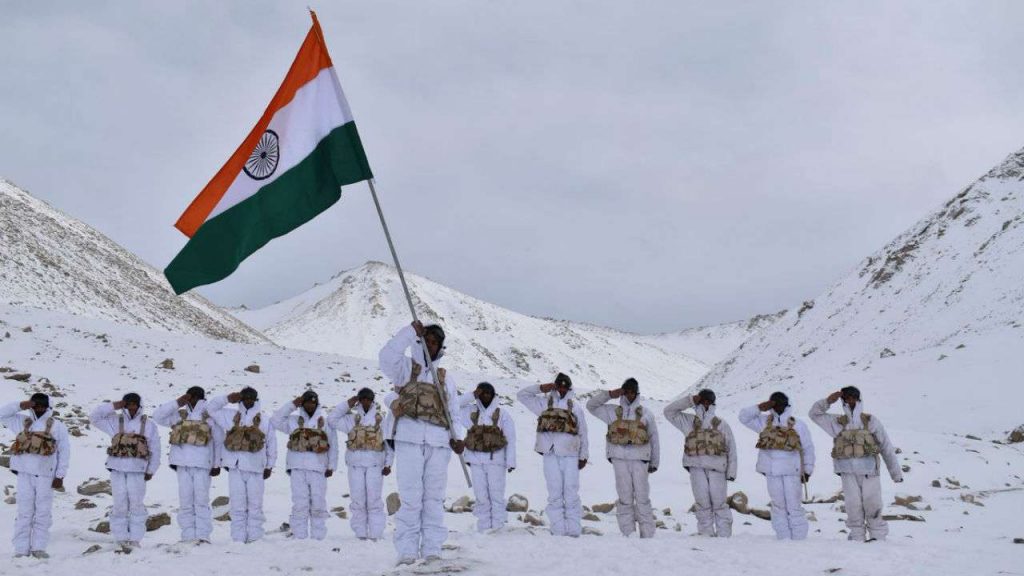
The HimVeers as they are called, are professionally trained mountaineers who serve as the first responders, tending to any natural disaster in their area of responsibility (AOR). They routinely conduct Search and Rescue (SAR) operations on the region and have provided medical assistance to several mountaineers in times of emergency.
Central Industrial Security Force (CISF)
The Central Industrial Security Force (CISF) was formed on 15 June 1983, with the mandate of protecting and securing critical installations of the country. Infrastructure under the CISF’s protection range from nuclear installations, space establishments, domestic & international airports, seaports, atomic & hydroelectric power plants, sensitive government buildings, heritage sights to infrastructure in Naxal-Maoist prone areas.
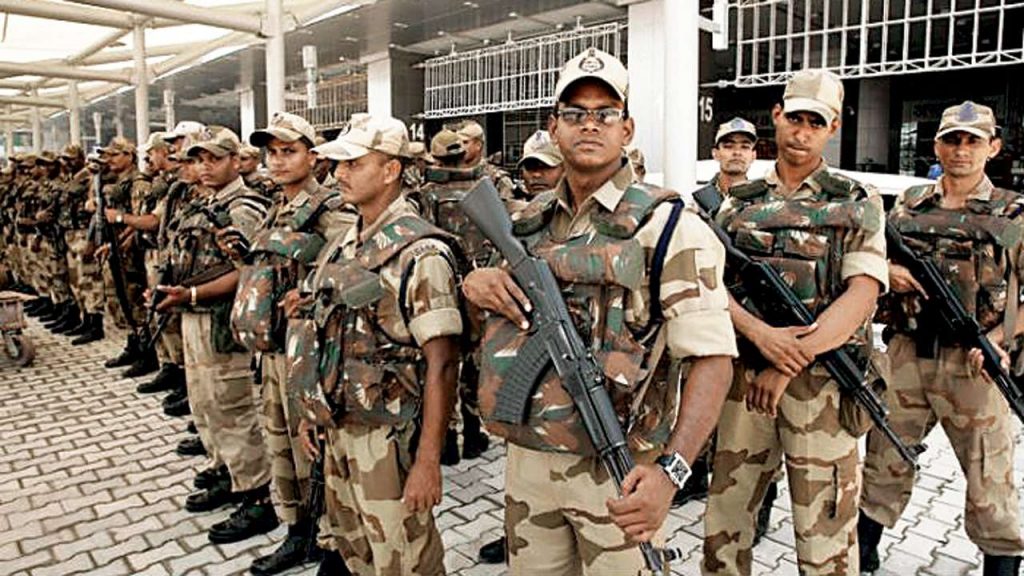
With a sanctioned strength of 1,80,000 personnel, it currently provides security to over 300 industrial units. Following the hijacking of Indian airlines IC-814 in 1999, the government proposed the security of airports come under the CISF which was at the time under the purview of the airport police. After the terror attacks of 9/11 in the US the security of airports in India became the responsibility of CISF.
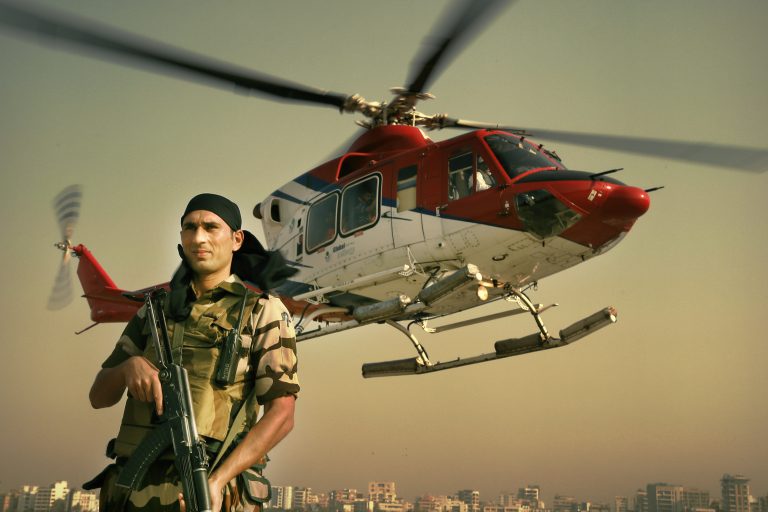
Shasastra Seema Bal (SSB)
The Shasastra Seema Bal (SSB) formerly known as the Special Services Bureu is the security force given the responsibility of manning the porous 1,751 Km long India-Nepal Border and the India-Bhutan border. The SSB has also been designated as the lead Intelligence agency in both the regions.
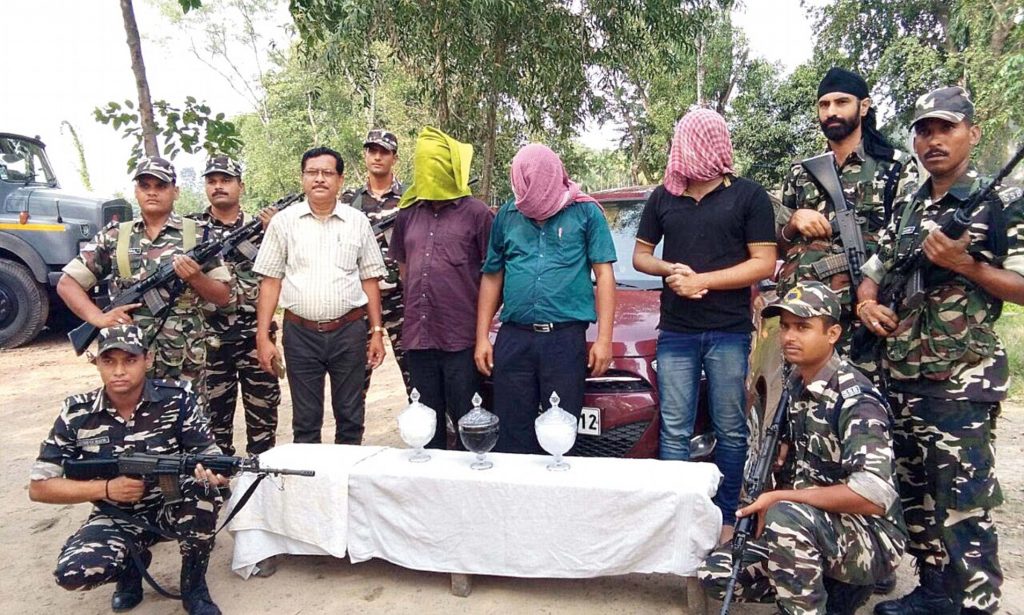
The force was conceived following India’s defeat in the 1962 Sino-Indo skirmish, with the sole aim of providing ‘total security preparedness’ in the surrounding border areas, by performing a ‘stay behind role’ in the event of another conflict with China.
It was assigned to its present role following K Subramaniyan report on the Kargil war. The SSB is currently spread along the International border across Uttarakhand, UP, Bihar, West Bengal, Sikkim, Assam and Arunachal Pradesh.
SSB’s present mandate
The challenges of manning the open border are more daunting than securing a closed border. The 2450 kms long Indo- Nepal and Indo- Bhutan border is significantly challenging because the open border not only provides alluring encouragement to traffickers and smugglers but, also offers huge opportunities for militants/ ANEs trained on foreign soil to infiltrate and pose a serious threat to national security. It is the border of choice for infiltrators and smugglers.
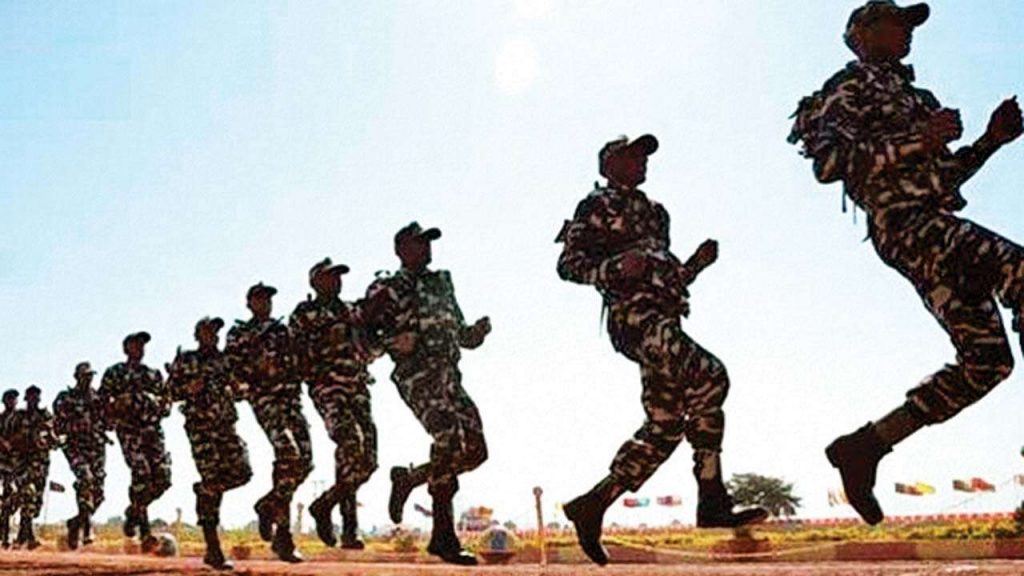
It is extremely difficult to seal the entire border effectively owing to its porosity and visa free regime, and social economic and cultural relationships with the bordering countries.
The SSB has largely by the virtue of its enormous past experience of working at grass root level in remote areas, has been able to physically guarding the border and foil repeated infiltration and smuggling bids.
| 1. | Safeguard the security of assigned borders of India and promote sense of security among the people living in border areas. |
| 2. | Prevent trans-border crimes, smuggling and any other illegal activities. |
| 3. | Prevent unauthorized entry into or exit from the territory of India. |
| 4. | Carry out civic action programme in the area of responsibility. |
| 5. | Perform any other duty assigned by the Central Government.(SSB is being deployed for Law & Order, Counter Insurgency Operations and Election duty) |
The transition of Special Service Bureau as an organization to Sashastra Seema Bal as a force has been smooth and effective providing much needed security on the countries most porous border.
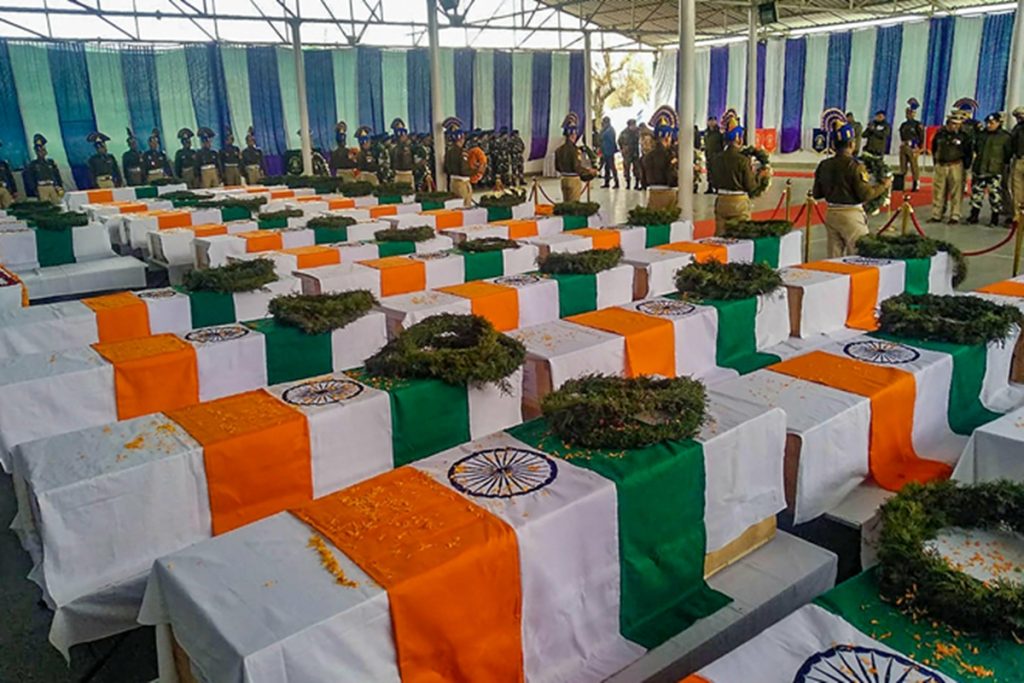
The Central Armed Police forces personnel have often been mistaken as soldiers from the Indian army and have been wrongly dubbed as a paramilitary force by the mainstream media.
The CAPF’s though often receiving overlapping mandates, are five independent uniformed forces with their own distinct identities and rigorous tasks cut out for out for them. They are sentinels protecting national interests, working tirelessly in peacetime, often at a great cost.

